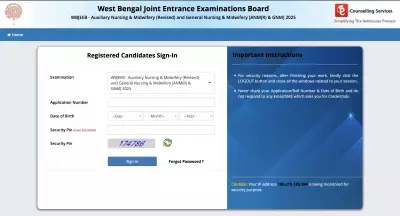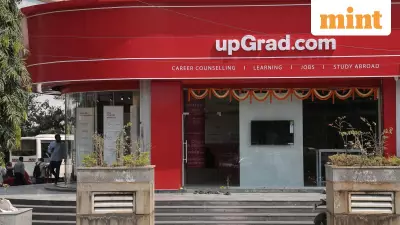
Student protests at Panjab University have entered their thirteenth consecutive day, creating a tense standoff between the administration and determined student activists. What began as a demonstration addressing specific grievances has evolved into a broader movement highlighting systemic issues within the prestigious institution.
Administration's Response Escalates Tensions
The university administration's handling of the situation has drawn significant criticism from student leaders and observers alike. Protesters report facing intimidation tactics, including the presence of police personnel on campus and attempts to restrict their movement. The Students For Society (SFS) organization, leading the protests, has documented multiple instances where administration officials have allegedly tried to suppress their voices rather than engage in meaningful dialogue.
University authorities have deployed what students describe as "pressure tactics" to break the protest spirit. These include monitoring protest activities closely and creating administrative hurdles for participating students. Despite these challenges, the protesting students remain resolute in their demands, maintaining their sit-in at the Student Center with unwavering determination.
Core Demains and Student Resolve
The protests center around several key issues that students say affect the entire university community. While the original article doesn't specify all demands, the ongoing demonstration highlights persistent problems in student-administration relations at Panjab University. Student representatives have expressed frustration with what they perceive as the administration's unwillingness to address their concerns through proper channels.
The protesting students have shown remarkable resilience, maintaining their position despite the extended duration of the demonstration and the various pressures applied by university authorities. Their commitment underscores the seriousness of their grievances and their determination to seek meaningful reform within the institution.
Broader Implications for University Governance
This extended protest raises important questions about conflict resolution mechanisms within Indian higher education institutions. The situation at Panjab University reflects a growing pattern of student activism across the country, where young scholars are increasingly demanding greater transparency and accountability from educational administrators.
The ongoing standoff also highlights the challenges universities face in balancing administrative authority with student rights. As the protest enters its second week, the need for constructive dialogue becomes increasingly urgent. Both sides face pressure to find a resolution that addresses student concerns while maintaining institutional stability.
Observers note that the prolonged nature of the protest suggests deeper systemic issues that extend beyond the immediate demands. The situation continues to develop, with the student community watching closely to see whether university authorities will shift from their current stance of resistance to one of engagement and problem-solving.





